Teaching Kids the Ethical Side of Angling
Fishing isn’t just about catching the biggest fish or having the most impressive tackle box. At its heart, angling offers an extraordinary opportunity to teach children about respecting nature, practicing conservation, and developing a sense of environmental stewardship.
When we introduce young anglers to fishing, we have a unique chance to instill ethical principles that will shape their relationship with the natural world for years to come. Teaching kids the ethical side of angling goes beyond explaining fishing regulations—it’s about nurturing compassion for living creatures, understanding ecosystem dynamics, and recognizing our responsibility to protect aquatic environments for future generations.
Understanding Why Ethics Matter in Fishing
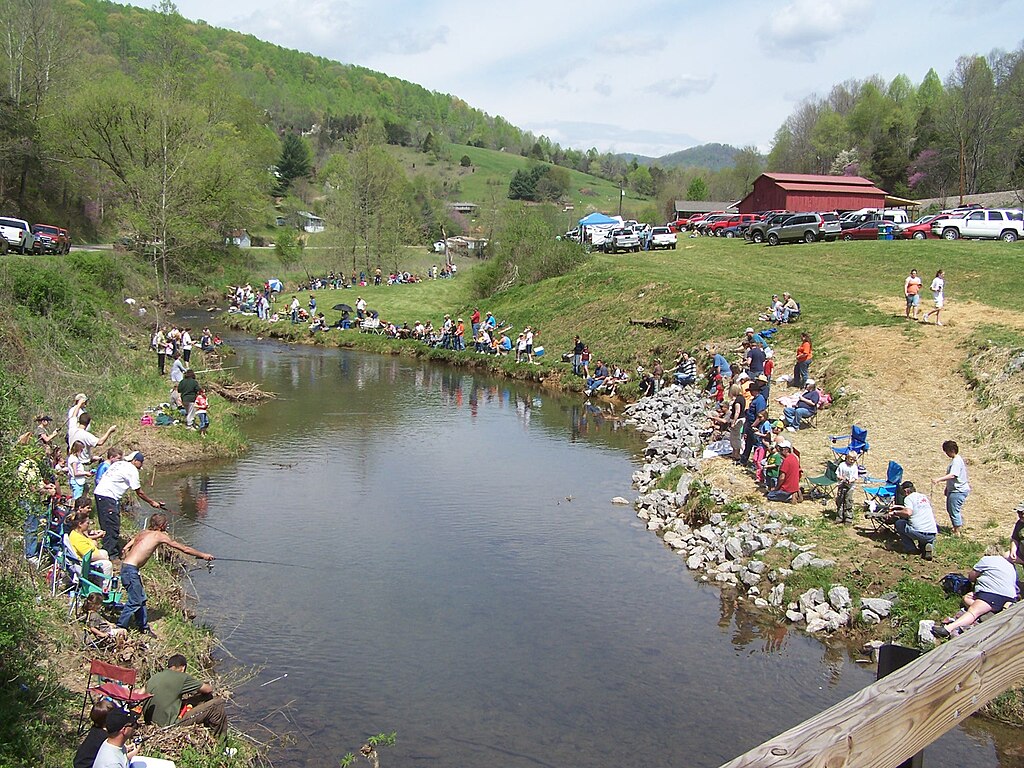
Fishing ethics form the foundation of responsible angling practices that help preserve fish populations and aquatic ecosystems for generations to come. When children understand that fishing isn’t just about the catch but about participating in a larger natural system, they develop a deeper appreciation for the activity. Ethical angling practices help maintain healthy fish populations by preventing overfishing and reducing unnecessary harm to fish.
Teaching children about fishing ethics early helps them develop into conscientious adults who understand that their actions have consequences for the natural world. By framing fishing as not just a recreational activity but a privilege that comes with responsibilities, we help children develop a conservation mindset that will influence all their outdoor activities.
Starting with Respect for Living Creatures
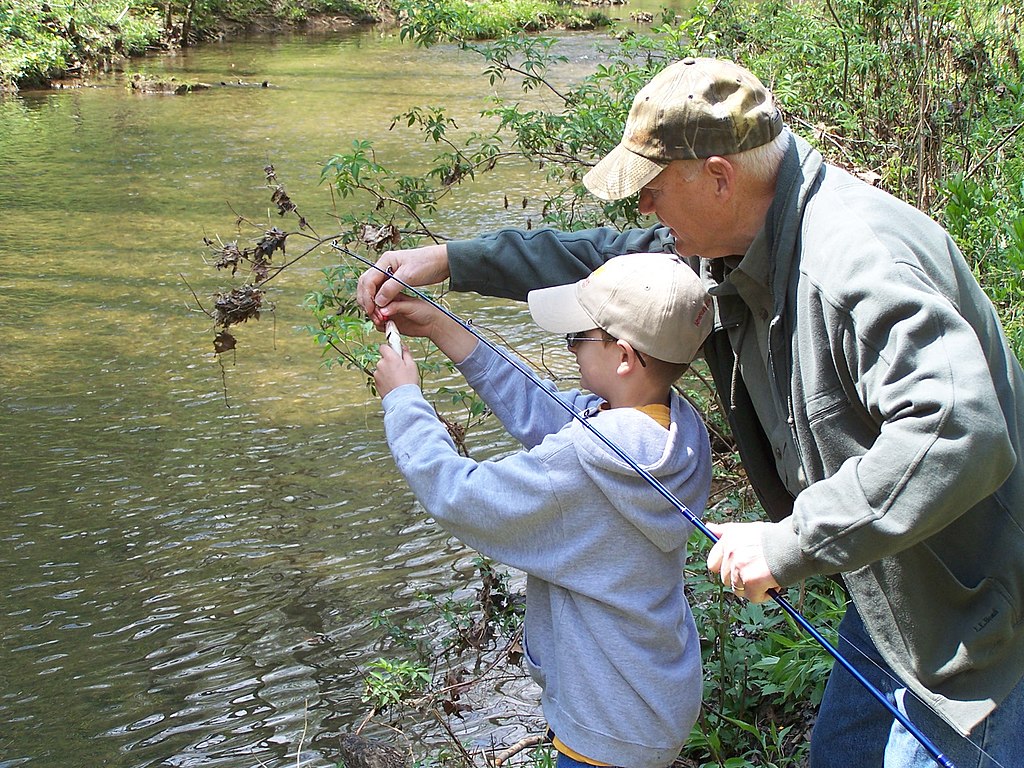
The foundation of ethical angling begins with teaching children that fish are living creatures deserving of respect and humane treatment. Explain to kids that fish feel pain and stress, which is why proper handling techniques are so important to minimize suffering.
Demonstrate gentle handling practices, such as wetting hands before touching fish to protect their protective slime coat and supporting a fish’s body horizontally rather than holding it vertically by the gills or mouth. Use these hands-on moments to discuss the difference between harvesting fish for food and causing unnecessary harm, helping children understand that even when we catch fish, we have a responsibility to treat them with care.
These conversations about respect for living things often become touchpoints for broader discussions about empathy and compassion that extend beyond the fishing experience.
Teaching Catch-and-Release Principles
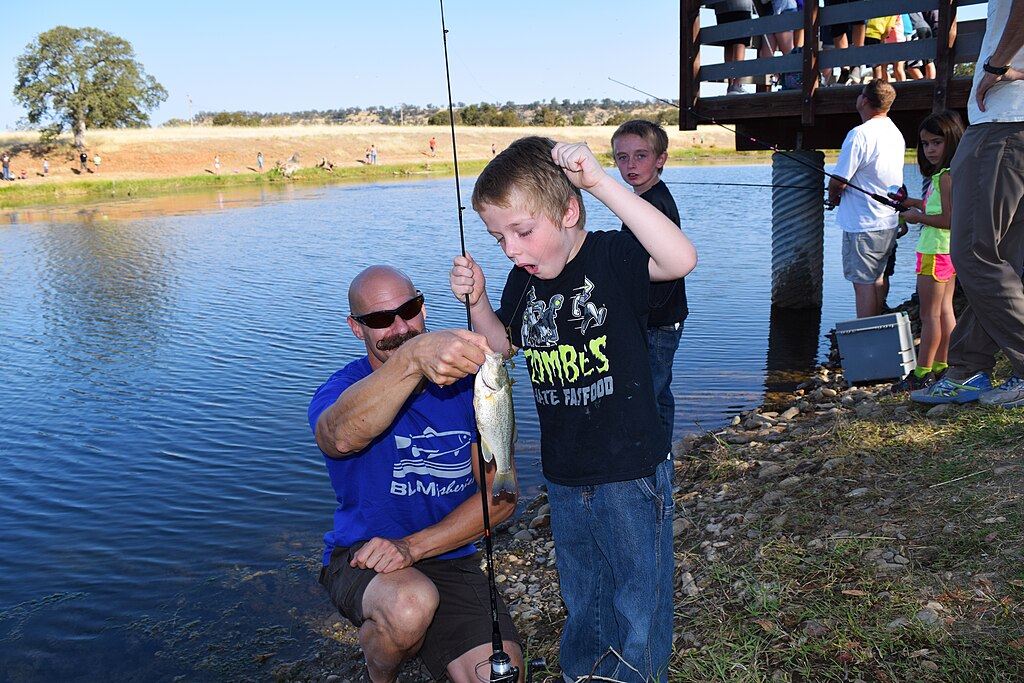
Catch-and-release fishing provides an excellent opportunity to teach children about conservation while still enjoying the thrill of catching fish. Show kids how to use barbless hooks or crimp down barbs to make hook removal easier and less damaging to fish.
Demonstrate proper release techniques, such as keeping the fish in the water as much as possible during unhooking and gently supporting it in the water until it swims away on its own. Explain why certain species or sizes of fish should be released—whether to protect breeding populations, endangered species, or to allow juvenile fish to grow to maturity.
Use a timer when practicing catch-and-release to help children understand that minimizing a fish’s time out of water significantly increases its survival chances after release.
Explaining Fishing Regulations in Kid-Friendly Terms
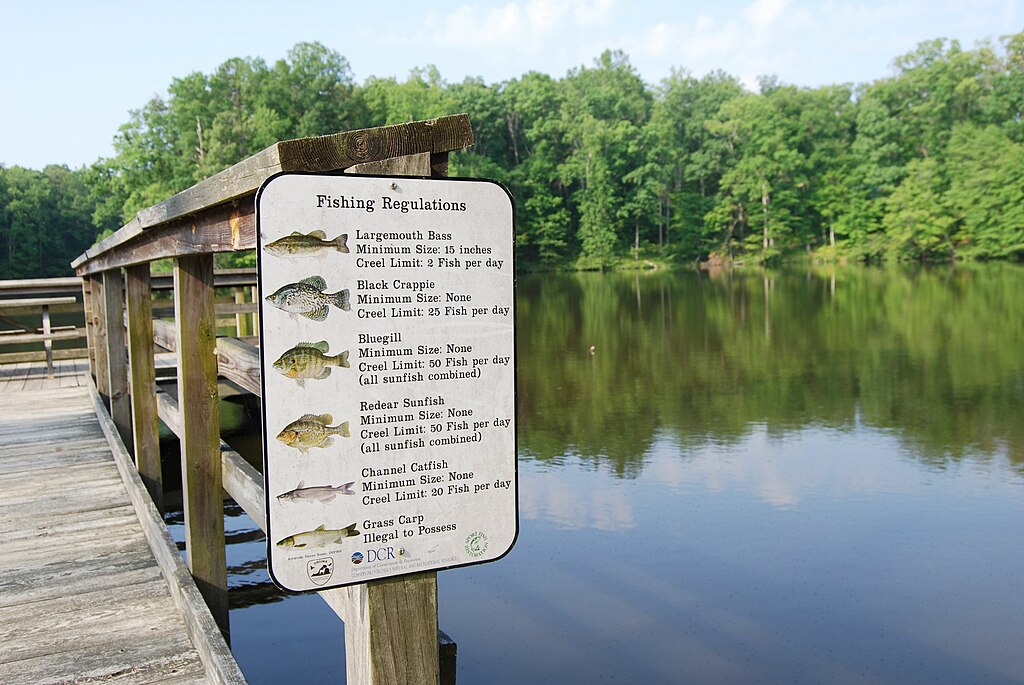
Fishing regulations exist to protect fish populations and ensure sustainable fishing for years to come, a concept that can be made accessible even to young children. Instead of simply telling kids “these are the rules,” explain the purpose behind size limits, bag limits, and fishing seasons in terms they can understand.
For example, describe how size limits allow fish to grow old enough to reproduce before they can be harvested, ensuring more fish for the future. Create visual aids like measuring boards decorated with child-friendly artwork to make checking fish size a fun responsibility rather than a chore.
Turn learning about local fishing regulations into a game by creating fishing regulation bingo or flashcards that help children remember which species have special protections in your area.
Promoting Environmental Stewardship Beyond the Catch
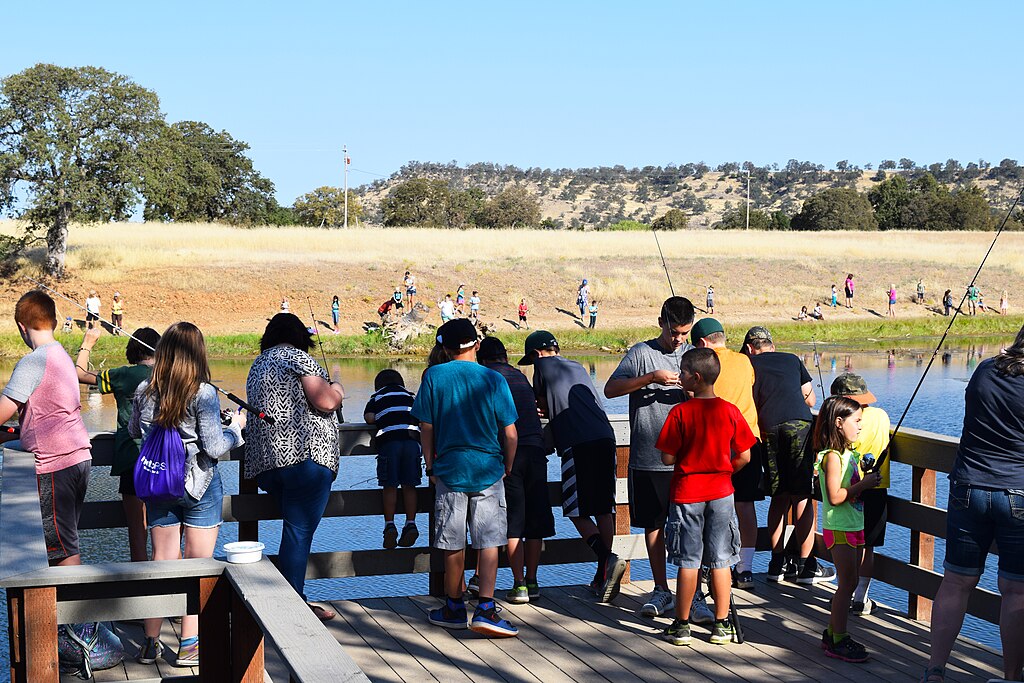
Fishing offers countless opportunities to expand children’s understanding of environmental responsibility beyond just the act of catching fish. Make it a ritual to collect not only your own trash but any litter you find around your fishing spot, explaining how discarded fishing line, hooks, and other debris can harm wildlife. Discuss the importance of clean water for healthy fish populations and how pollution from everyday activities can affect aquatic ecosystems.
Engage children in citizen science projects that monitor water quality or count fish populations, connecting their fishing hobby to real conservation efforts. These practices help children see themselves as caretakers of the natural spaces they enjoy, fostering a lifelong commitment to environmental protection.
Teaching Sustainable Harvest Practices

If your family practices catch-and-keep fishing, use this as an opportunity to teach children about sustainable harvesting and respect for the resource. Explain the concept of “selective harvest,” taking only what you need and can use, rather than keeping fish simply for bragging rights or photos. Involve children in the process of cleaning and preparing fish for meals, helping them connect the dots between the fish they catch and the food on their plates.
This connection often creates a greater appreciation for where food comes from and reduces the likelihood of wasting what they catch. Discuss how different fishing methods have different impacts on fish populations and teach children to choose techniques that minimize harm to non-target species or juvenile fish.
Developing Critical Thinking About Fishing Ethics
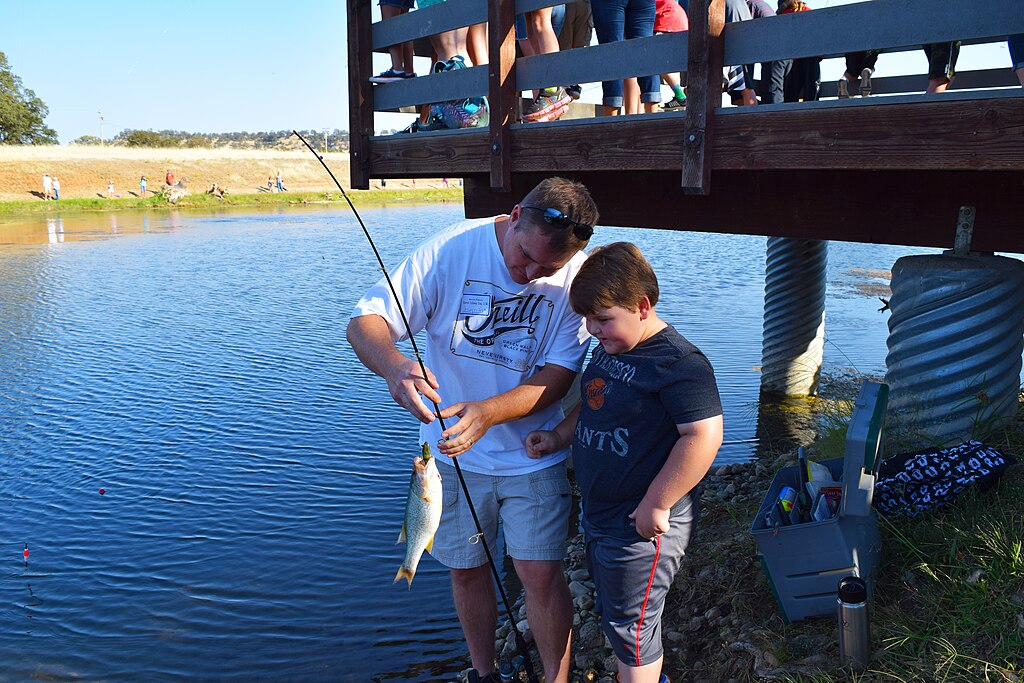
As children grow older, encourage them to think critically about ethical dilemmas they might encounter while fishing. Present scenarios that require ethical decision-making, such as: “What would you do if you accidentally caught a protected species?” or “How would you handle seeing someone else breaking fishing regulations?” These discussions help children develop their own ethical compass rather than simply following rules without understanding why.
Ask open-ended questions about fishing practices they observe, encouraging them to consider the impacts of different choices on fish, ecosystems, and future anglers. By fostering this kind of critical thinking, you help children develop the skills to make ethical decisions even when no one is watching—the true mark of an ethical angler.
Using Technology Ethically in Modern Fishing
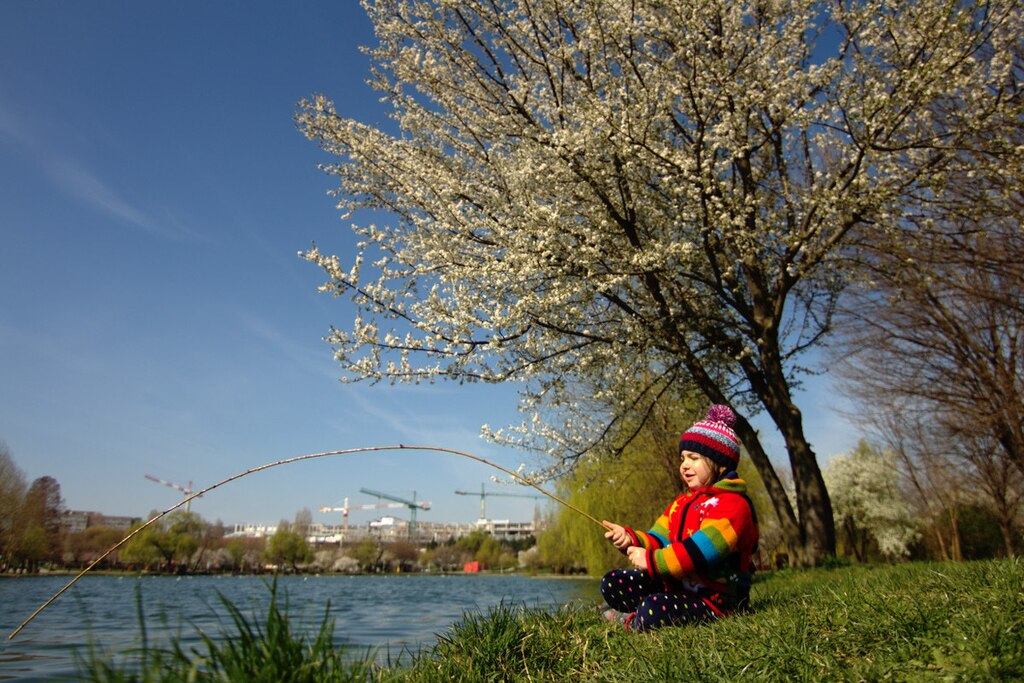
Modern fishing often involves sophisticated technology like fish finders, GPS, and social media sharing, all of which raise new ethical considerations worth discussing with young anglers. Talk about the concept of “fair chase” and whether certain technologies give anglers an unfair advantage over fish or diminish the skill involved in fishing.
Discuss responsible social media practices, such as not revealing specific locations of vulnerable fish populations that could lead to overfishing of certain spots. Explain how technology can be used responsibly—for example, using fish finders to locate fish but still requiring skill to catch them, or using catch reporting apps to contribute to citizen science.
These conversations help children navigate the intersection of traditional angling ethics and modern technology, preparing them for the increasingly complex ethical landscape of contemporary fishing.
Learning About Native vs. Invasive Species
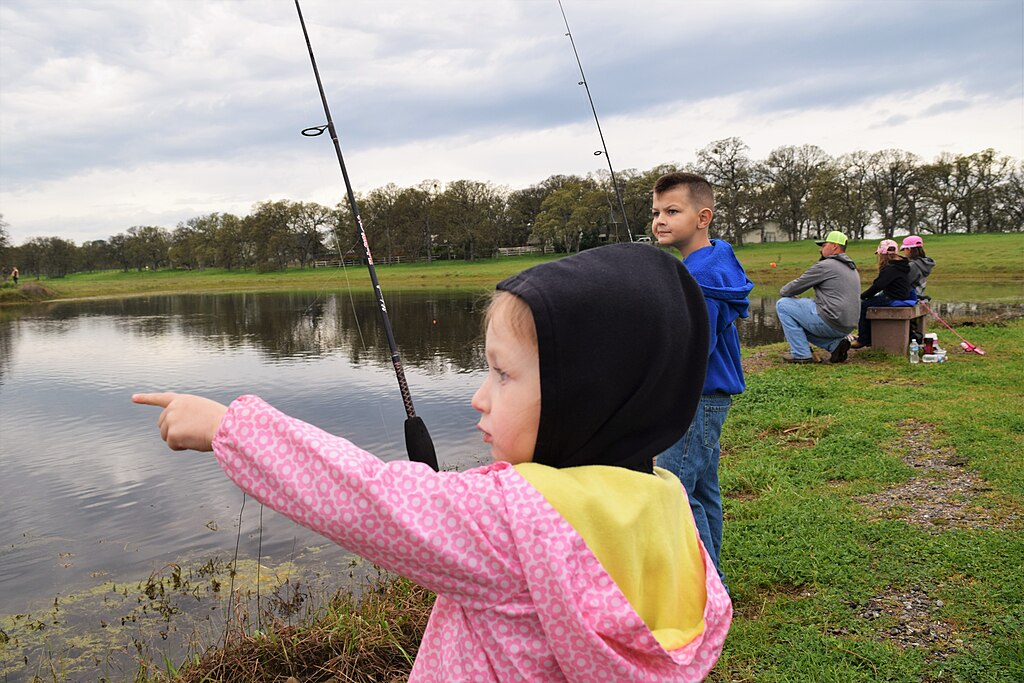
Teaching children about the difference between native and invasive fish species creates awareness about ecosystem balance and conservation priorities. Explain how invasive species can outcompete native fish for resources, disrupt food webs, and sometimes permanently alter aquatic ecosystems. Create identification charts that help kids distinguish between native and non-native species in your local waters, making it into an educational game during fishing trips.
Discuss different ethical approaches to catching invasive species, often including the practice of not releasing them back into the water to protect native populations. These lessons help children understand that responsible angling sometimes involves making choices that benefit the ecosystem as a whole, even when those choices might seem counterintuitive to general catch-and-release principles.
Building Connections with Conservation Organizations
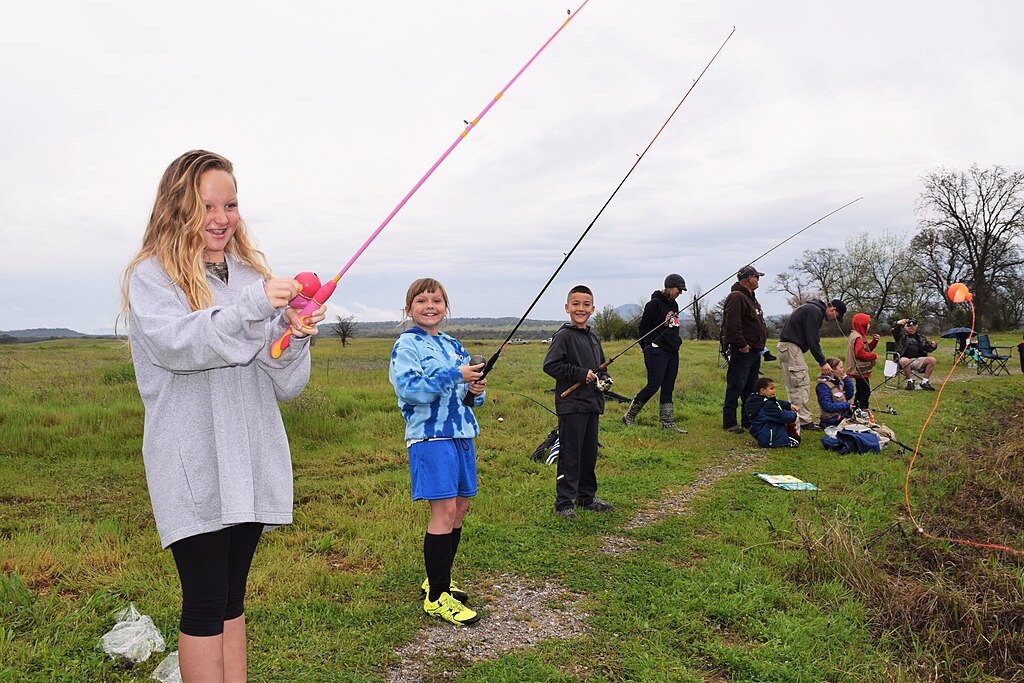
Introducing children to fishing-related conservation organizations helps them see how individual ethics connect to broader community efforts to protect fisheries. Look for youth programs offered by organizations like Trout Unlimited, the Coastal Conservation Association, or local fishing clubs that often combine fishing instruction with conservation education.
Participate with your child in stream cleanup events, fish habitat improvement projects, or native fish reintroduction efforts to provide hands-on conservation experiences. Share stories about successful conservation efforts that have restored previously depleted fisheries, helping children understand that positive change is possible through collective action.
These connections to the larger angling community reinforce ethical principles and show children that many anglers share a commitment to protecting the resources they enjoy.
Creating Teaching Moments During Real Fishing Experiences
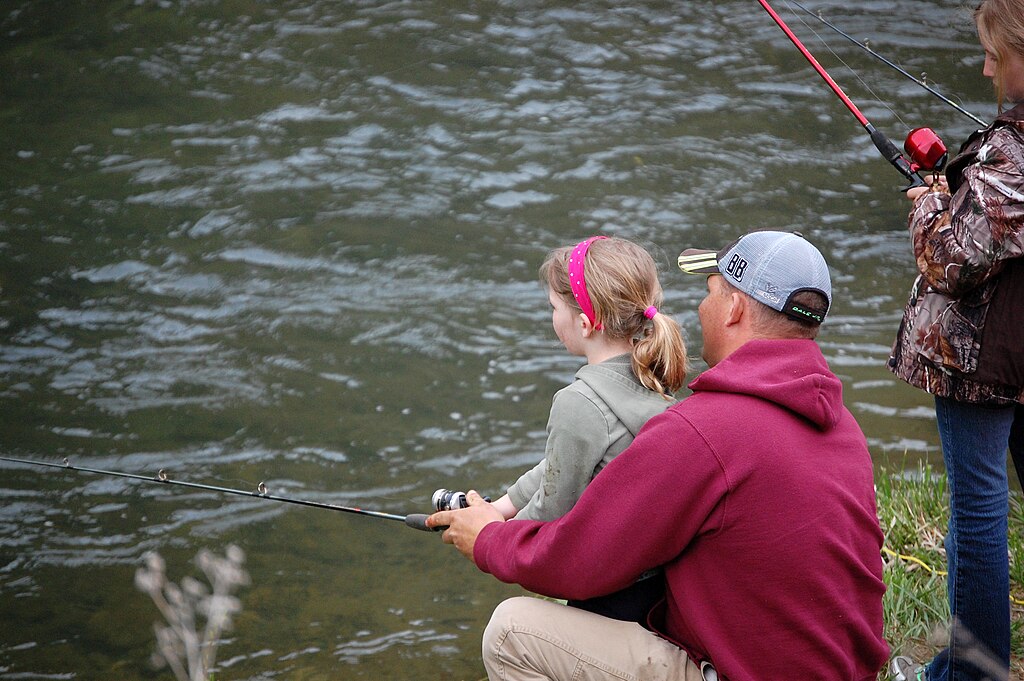
The most effective ethical lessons occur naturally during actual fishing experiences when children can immediately connect principles to practice. When a fish swallows a hook deeply, use this challenging moment to demonstrate proper techniques for minimizing harm and discuss why using appropriate hook sizes and types matters for different species.
If you encounter other anglers behaving unethically, discuss the situation privately with your child afterward, asking what they observed and what they think about the behaviors they saw. Celebrate moments when your child makes ethical choices independently, such as carefully releasing a fish or picking up someone else’s discarded fishing line, reinforcing that these actions matter.
These real-life teaching moments have far more impact than abstract discussions and help ethics become ingrained in a child’s fishing practice.
Balancing Fun with Ethical Responsibilities
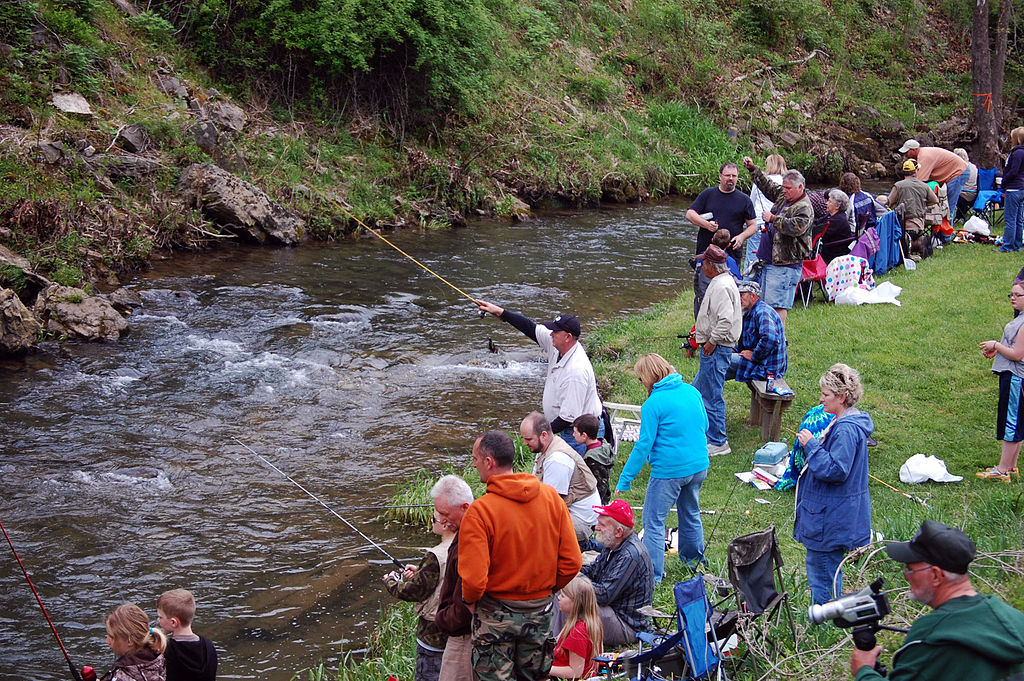
While teaching ethics is important, maintaining the fun and excitement of fishing is essential to keeping children engaged in the sport long enough for ethical principles to take root. Frame ethical practices as part of the adventure rather than burdensome rules—for example, turning the careful release of a fish into a celebration of “sending it home” rather than a disappointment about not keeping it.
Create fishing games that incorporate ethical practices, such as awarding points for proper fish handling or correctly identifying catch-and-release species. Share stories about your own ethical journey as an angler, including mistakes you’ve made and lessons you’ve learned, making it clear that ethical angling is a continuous learning process. This balanced approach helps children see that fishing ethics enhance rather than detract from the joy of fishing.
Nurturing Lifelong Ethical Anglers
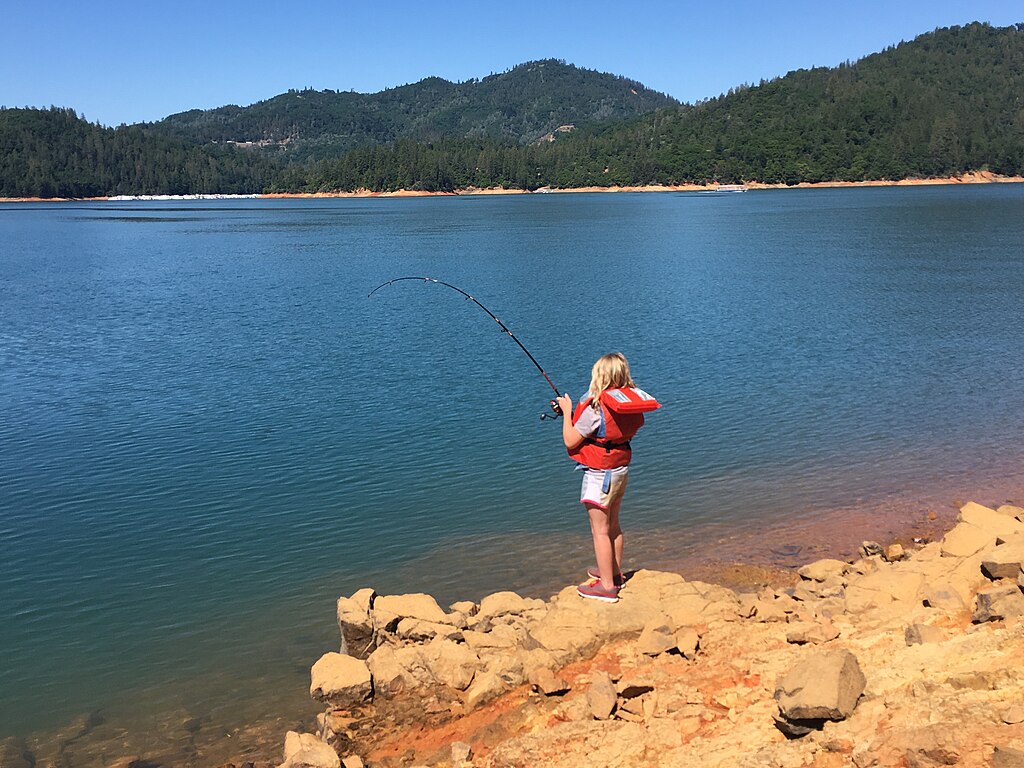
The ultimate goal of teaching fishing ethics to children is to develop anglers who will carry these principles throughout their lives and pass them on to future generations. Acknowledge and praise growth in your child’s ethical understanding, from their first careful fish release to more sophisticated conservation awareness.
Gradually give children more responsibility for making ethical fishing decisions as they demonstrate readiness, allowing them to develop confidence in their judgment. Create family fishing traditions that incorporate ethical practices, such as an annual conservation project or a tradition of recording observations about the health of your favorite fishing spot over time.
These ongoing practices help ensure that ethical angling becomes not just something children learn but a fundamental part of how they identify as anglers and environmental stewards.
Conclusion
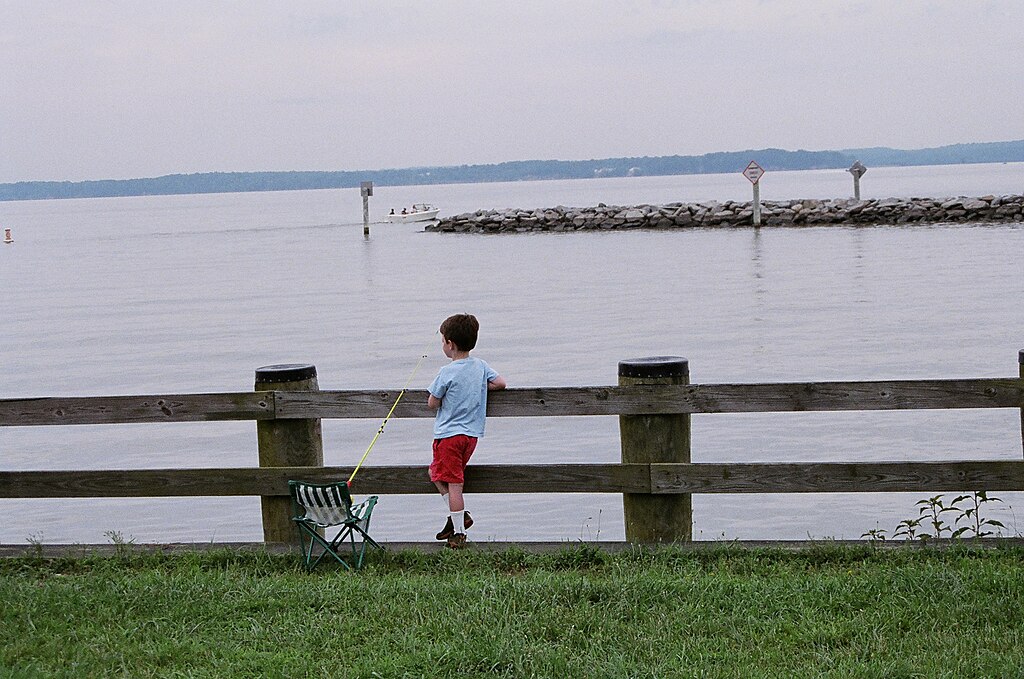
Teaching children the ethical side of angling creates far more than just responsible fishermen and women—it develops young people who understand their connection to the natural world and their responsibility to protect it. Through conversations about respect for living creatures, practical demonstrations of proper fish handling, and engagement with broader conservation efforts, we help children develop an ethical framework that will guide their interactions with nature throughout their lives.
The fishing rod becomes not just a tool for catching fish but a conduit for teaching some of life’s most important lessons about respect, responsibility, and stewardship. By balancing fun with thoughtful ethical instruction, we nurture a new generation of anglers who will protect our aquatic resources and carry forward the best traditions of responsible fishing.

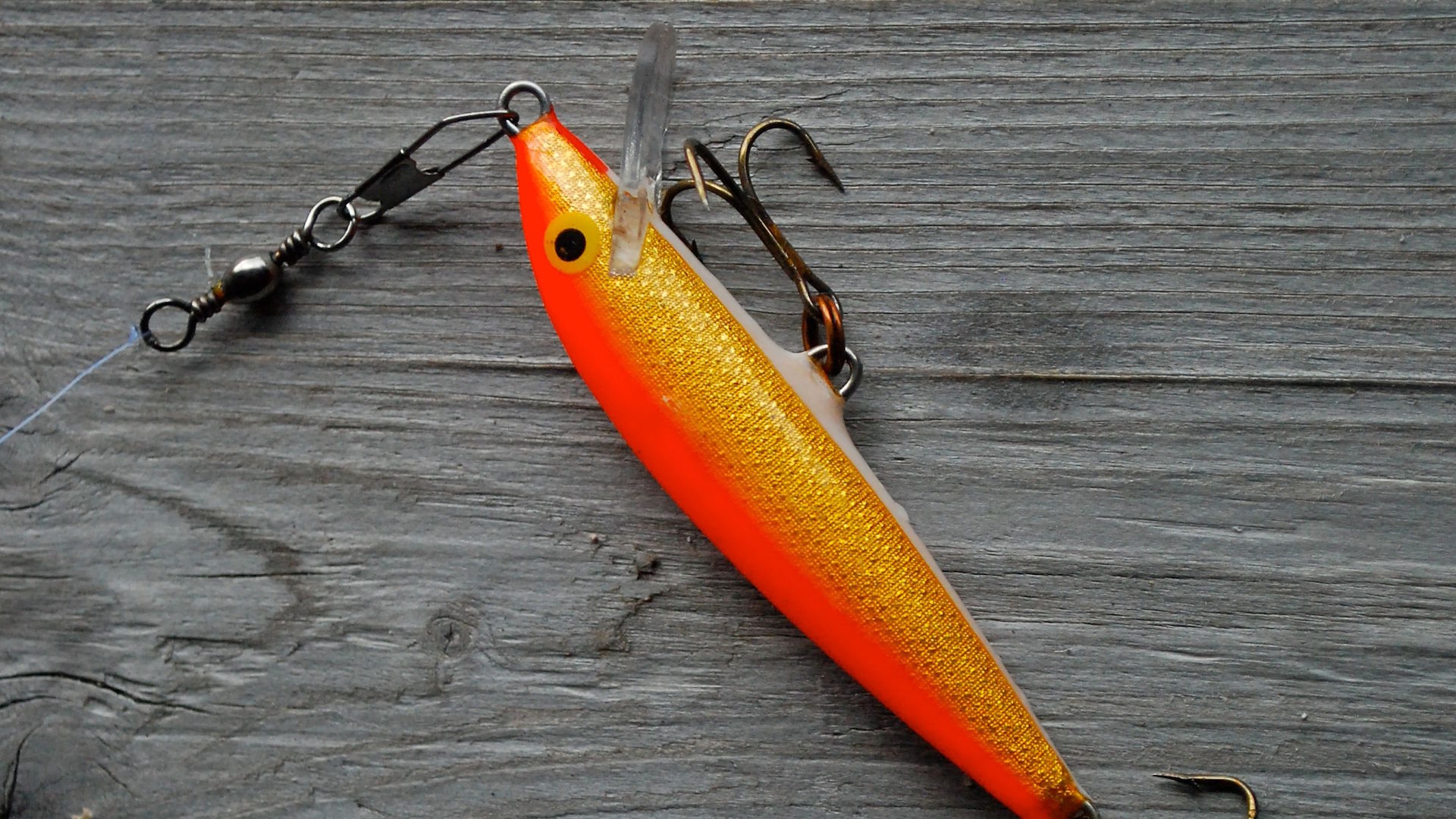












Post Comment